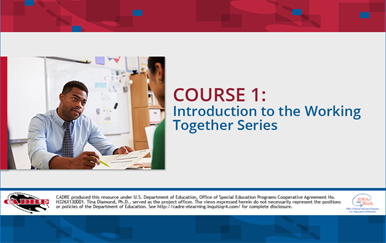This article presents trends in hearing/review officer decisions under IDEA. Employing a sample of 361 cases from around the country, drawn randomly from thirty-five years of cases published in the Individuals with Disabilities Law Report, this research documents that a handful of jurisdictions account for the vast majority of decisions.
The article reports an inverse-U trend in the frequency of cases: "a steady upward phase from the initial interval in 1978–82 until a leveling off in 2003–2007 and then a relatively dramatic drop in 2008–2012."
Specific questions explored in the study:
1. What was the overall frequency of (a) the cases and (b) the issue category (IC) rulings?
2. Which states had the highest frequency of (a) cases and (b) IC rulings?
3. What was the longitudinal trend in the frequency of (a) cases and (b) IC rulings?
4. What was the outcomes distribution of the IC rulings?
5. What was the longitudinal trend of the outcomes of the IC rulings?
6. What was the outcomes distribution of the cases?
The typology of issue categories (ICs) employed:
Identification:
• Child Find
• Evaluation
• Eligibility
• Independent Educational Evaluation (IEE)
Program/Placement:
• FAPE Substantive
• FAPE Procedural
• Least Restrictive Environment (LRE) Placement
• Extended School Year (ESY)
• Discipline
Remedies:
• Tuition Reimbursement
• Compensatory Education
Adjudicative:
• Jurisdiction
• Other Adjudicative
• Miscellaneous

